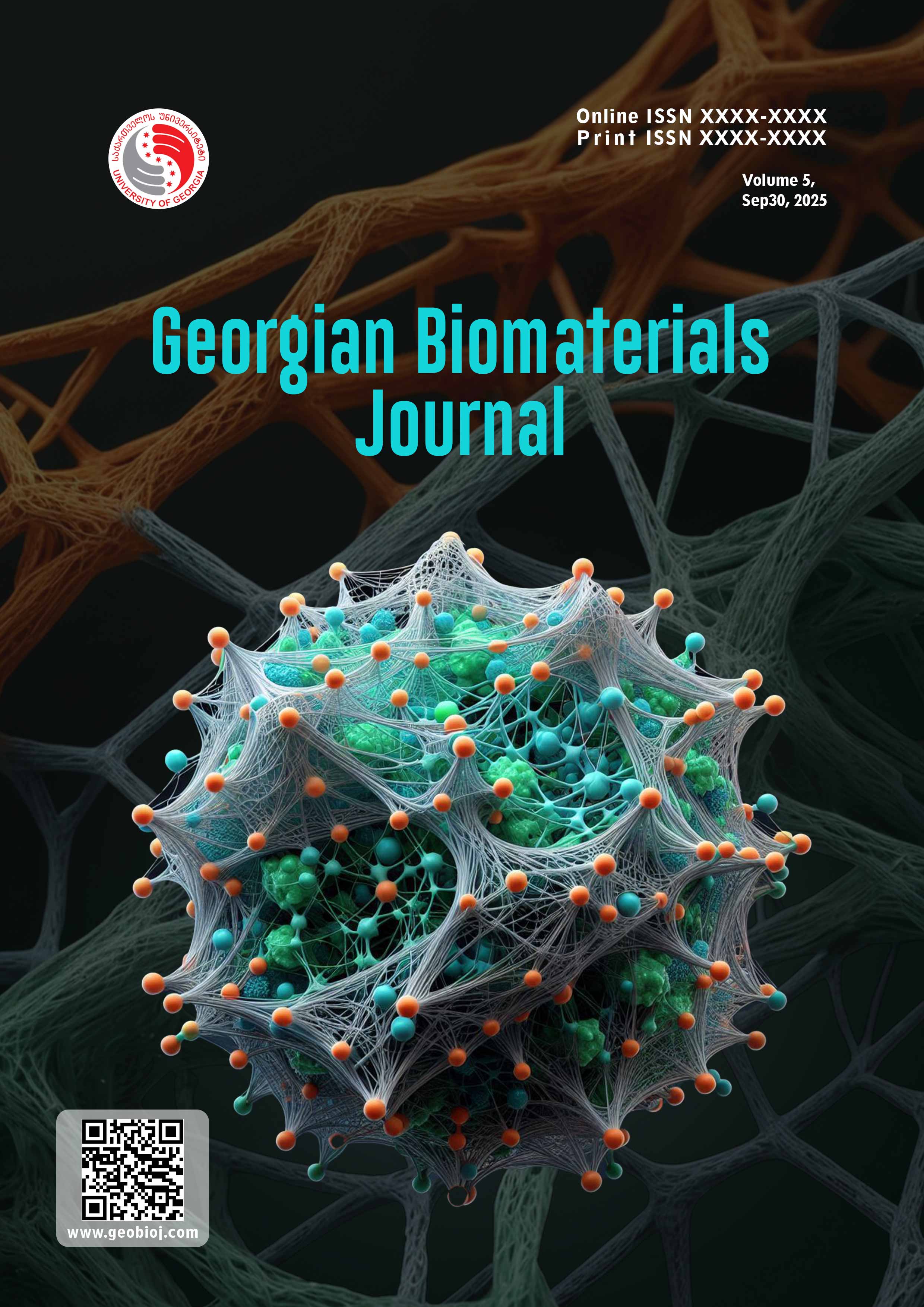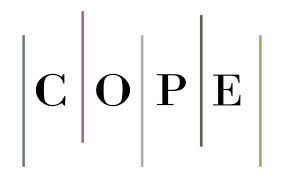Submissions
Submission Preparation Checklist
All submissions must meet the following requirements.
- This submission meets the requirements outlined in the Author Guidelines.
- This submission has not been previously published, nor is it before another journal for consideration.
- All references have been checked for accuracy and completeness.
- All tables and figures have been numbered and labeled.
- Permission has been obtained to publish all photos, datasets and other material provided with this submission.
Research Article
Focus and Scope:
This section includes original research articles that present significant new findings resulting from empirical, experimental, or theoretical work. Manuscripts must contribute new knowledge, interpretations, or understanding within the field of the journal.
Peer Review:
All submissions in this section are subject to double-blind peer review by at least two experts in the field.
Ethical Considerations:
Authors must ensure that the research complies with ethical standards and includes approval from appropriate institutional review boards where necessary.
Language:
Submissions are accepted in English.
Review Article
Focus and Scope:
This section includes comprehensive articles that summarize, analyze, and synthesize existing research on a specific topic. Review articles should provide critical evaluation and offer new perspectives or frameworks.
Peer Review:
Submissions are subject to double-blind peer review by at least two reviewers.
Ethical Considerations:
Although original data are not required, ethical standards in citation and academic integrity must be followed.
Mini Review
Focus and Scope:
Mini Reviews are short, focused review articles that provide concise overviews of emerging topics, recent advances, or specialized subfields. Unlike full-length reviews, Mini Reviews are brief, targeted, and not expected to be comprehensive. They are ideal for summarizing the current state of a narrow research area.
Peer Review:
Submissions are subject to double-blind peer review by at least two experts.
Ethical Considerations:
All sources must be accurately cited. Authors should avoid plagiarism and disclose any conflicts of interest.
Commentaries
Focus and Scope:
Commentaries are short opinion pieces published alongside original articles. They offer expert reflections, highlight the strengths or implications of the main article, or provide constructive critique. These are not original research articles and are typically invited by the editors during or after peer review.
Peer Review:
Commentaries are usually editor-invited and reviewed, not submitted through open calls. In some cases, they may undergo editorial review only.
Ethical Considerations:
Authors must maintain professionalism and disclose any conflicts of interest. The commentary must be respectful and evidence-based.
Case Report
Focus and Scope:
This section features detailed reports of individual cases that offer unique or rare insights into clinical, scientific, or technical issues. Case Reports should highlight unusual or novel conditions, treatments, or observations that can contribute to existing knowledge.
Peer Review:
All submissions are subject to double-blind peer review by at least two reviewers with subject expertise.
Ethical Considerations:
Authors must obtain written informed consent from the subject(s) or their legal guardian(s). Anonymity must be preserved. Approval from an ethics committee is recommended when applicable.
Letters to the Editor
Focus and Scope:
Letters can comment on or debate recent articles published in the journal, sharing opinions or discussing controversies. The journal will review these with the original authors before publication. References should be limited to 10. Letters may also provide brief comments, clarifications, or critiques related to topics relevant to nephrology.
Peer Review:
Letters undergo editorial review for relevance and appropriateness but typically are not peer-reviewed.
Ethical Considerations:
Letters must be respectful, avoid personal attacks, and disclose any conflicts of interest.
News and Views
Focus and Scope:
This section covers recent breakthroughs or developments in kidney disease treatment, including the perspectives of the authors. Articles may include brief news reports, commentary on scientific advances, conference highlights, or editorial opinions, aligned with the journal’s scope.
Peer Review:
Content is typically editor-reviewed and invited. Some pieces may undergo light peer review depending on journal policy.
Ethical Considerations:
Authors should disclose any conflicts of interest. All content must adhere to standards of accuracy and professionalism.
Systematic Review
Focus and Scope:
This section publishes systematic reviews that address specific research questions using transparent, replicable methods to identify, evaluate, and synthesize results from existing studies. Submissions should follow established guidelines such as PRISMA.
Peer Review:
All submissions are subject to double-blind peer review by at least two experts familiar with review methodology and the subject area.
Ethical Considerations:
Authors must ensure that all included studies are cited properly. No ethical approval is required unless unpublished data or personal communications are included.
Meta-Analysis
Focus and Scope:
This section publishes articles that statistically combine results from multiple independent studies addressing the same research question, aiming to derive overall conclusions and identify patterns or effects. Meta-Analyses should follow rigorous methodologies and reporting standards such as PRISMA.
Peer Review:
Submissions undergo double-blind peer review by experts knowledgeable in meta-analytic techniques and the subject area.
Ethical Considerations:
Proper citation and ethical use of included studies are mandatory. Ethical approval is generally not required unless unpublished data is used.
Technical Note
Focus and Scope:
This section publishes brief articles describing new methods, techniques, equipment, or software that advance research or practice in the journal’s field. Technical Notes should provide sufficient detail for reproducibility and practical application.
Peer Review:
All submissions are subject to double-blind peer review by at least two experts.
Ethical Considerations:
Authors must ensure accuracy, originality, and proper acknowledgment of sources. Ethical standards should be maintained, especially when the technique involves human or animal subjects.
Hypothesis
Focus and Scope:
Short papers that propose a new, well-supported hypothesis related to kidney disease treatment or related topics. These should clearly state the hypothesis and include references (no more than 10) to back it up. The aim is to stimulate scientific discussion and guide future research directions.
Peer Review:
Hypothesis articles undergo rigorous peer review to evaluate originality, scientific plausibility, and relevance.
Ethical Considerations:
Authors must ensure their hypotheses are grounded in existing scientific evidence and clearly distinguish speculation from established facts.
Editorials
Focus and Scope:
These are opinion or commentary articles on current or relevant topics within the journal’s scope, typically written by editors or invited experts. They should include no more than 10 references. Editorials comment on important research findings, policy implications, or provide perspectives on the journal’s content and direction.
Peer Review:
Editorials are usually editor-reviewed and do not undergo formal peer review
Ethical Considerations:
Authors must disclose any conflicts of interest. Editorials should be balanced, clear, and professional.
Privacy Statement
The names and email addresses entered in this journal site will be used exclusively for the stated purposes of this journal and will not be made available for any other purpose or to any other party.




